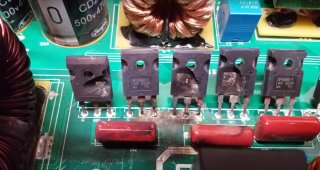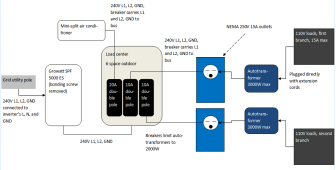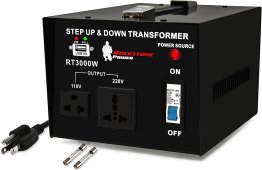Afraid that didn't help clear things up. I'm hoping to use a 5000ES 240V Euro inverter in North America, using two
plug-in Rockstone 3000W autotransformers, and the loads would be run from extension cords. Air conditioner is a 220V mini-split, 110V loads run off the two autotransformers. I'll remove the bonding screw inside the inverter.
Here's what I have in mind. I want to avoid scenario #2 that
@RCinFLA describes. I believe I am able to by virtue of the fact that the 110V loads don't run through the panel, and the breaker only leaves GND in an overcurrent condition.
Not pictured: Normally closed 85C thermal control switches placed inside the autotransformer enclosures to kill the power should they overheat.
Will this avoid scenario #2?
View attachment 92996





